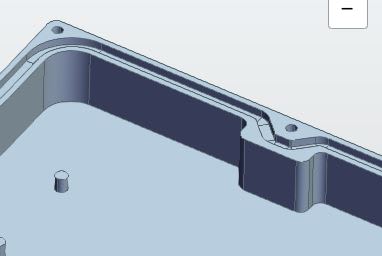Is that going to be for a custom molded seal? If not, no one will be happy.
Otherwise look at the seal dimensioning that Parker uses for their seals.
People love to over think this but if it's a pressure seal the main factor is the correct amount cf compression -> seal depth, and that the groove is always larger in section than the seal is. If the seal fills the section area it can blow out the side wall, particularly if expansion from heat can occur. Pay attention to the roughness of the seal bottom surface as well.
Since there isn't a dimensioning standard for area, you can get as involved as you like with profile of line or profile of surface or some other, but the Parker seals have been calling for +/- tolerances for the last 50+ years and there hasn't been an industry revolt about it. The really tricky part is controlling the perimeter. Too long or too short and the seal won't stay in the groove even if it is custom molded. Same deal - no standard callout for perimeter tolerancing. The topic isn't even mentioned in Y14.5
If it isn't custom molded I have decided that the best method is matching grooves in the mating parts and using a rectangular section seal on edge. One part will be deeper so the seal stays put during installation and the other is shallower and captures the upper part of the seal so it doesn't get pinched. By being rectangular there is far more compression for the required contact load, meaning it is far less sensitive to minor variations. Keep the ratio less than 4:1 to prevent buckling. Your mileage may vary.
I used just a one-side groove with some pinched areas and it sealed OK, but I'm not sure it was good for long term and repeated assembly/disassembly. Note the way oil filters have their integral flat seals captured. I've seen large-depth seals also used on engine valve covers, which didn't leak, unlike the thin traditional cork system.

